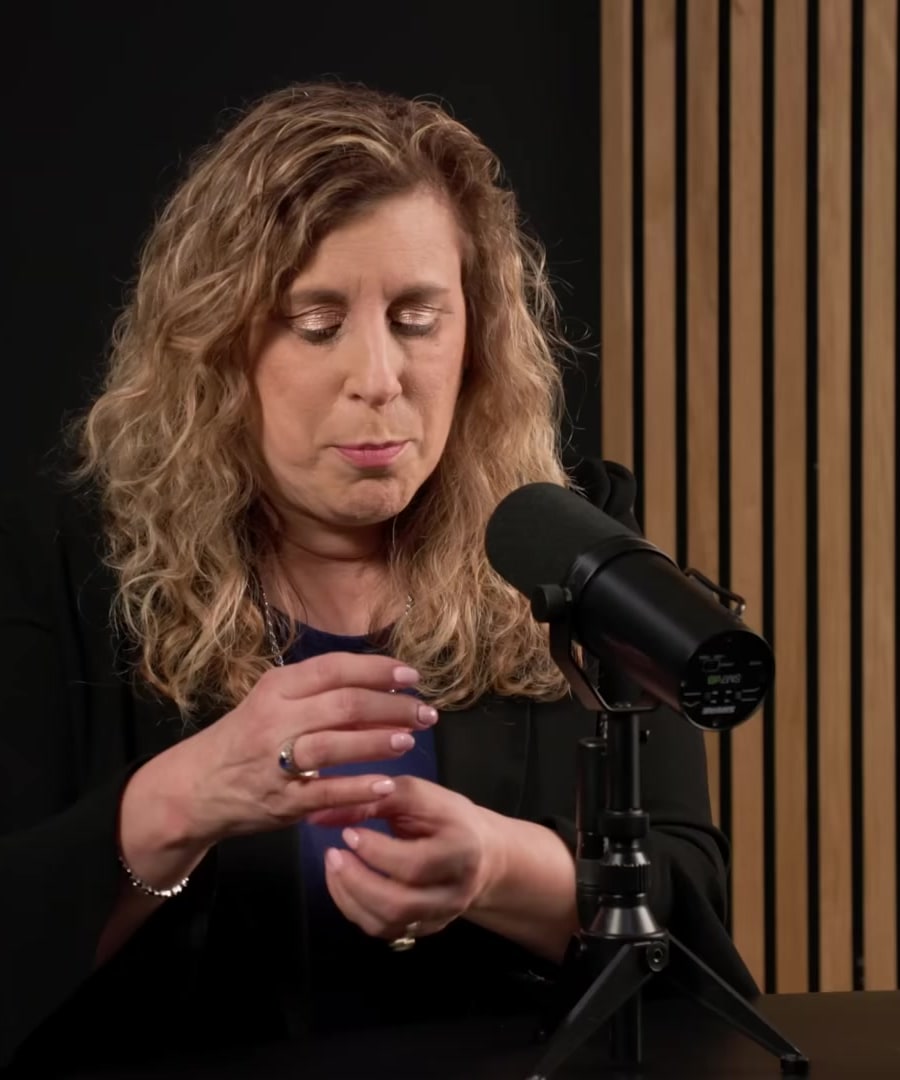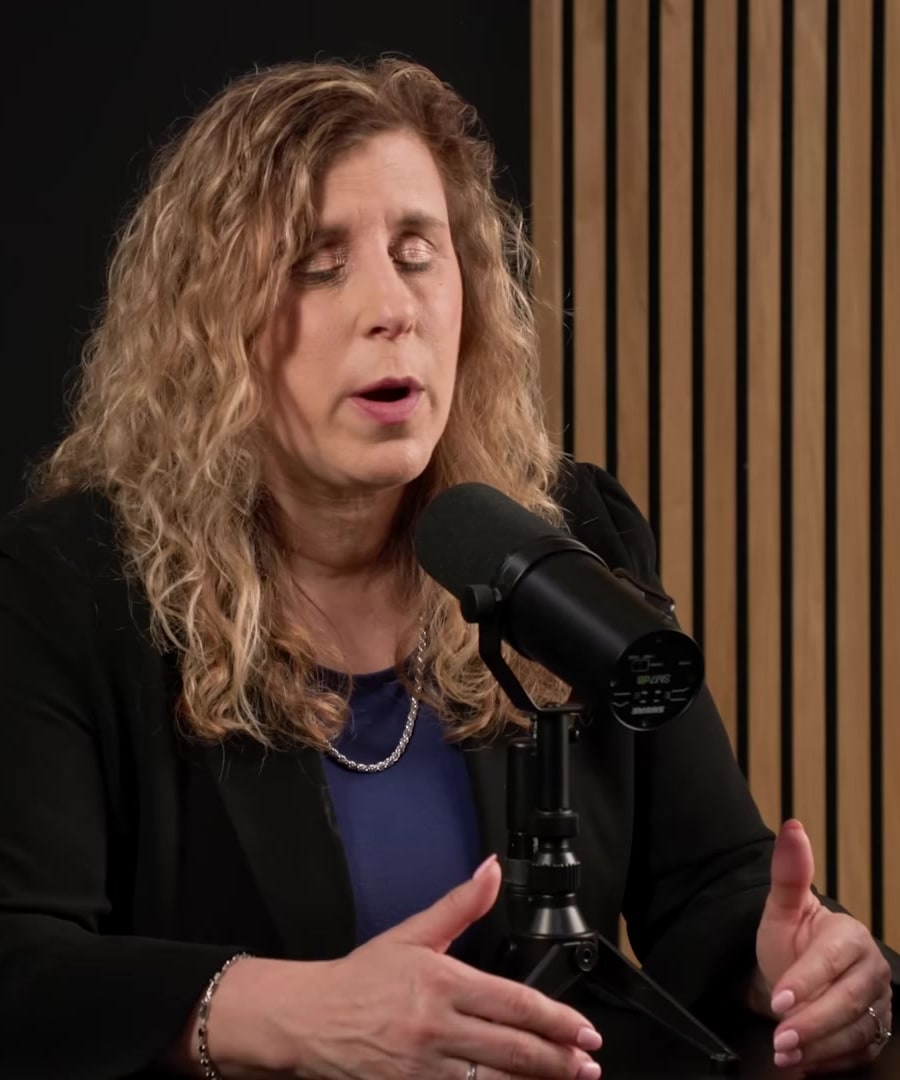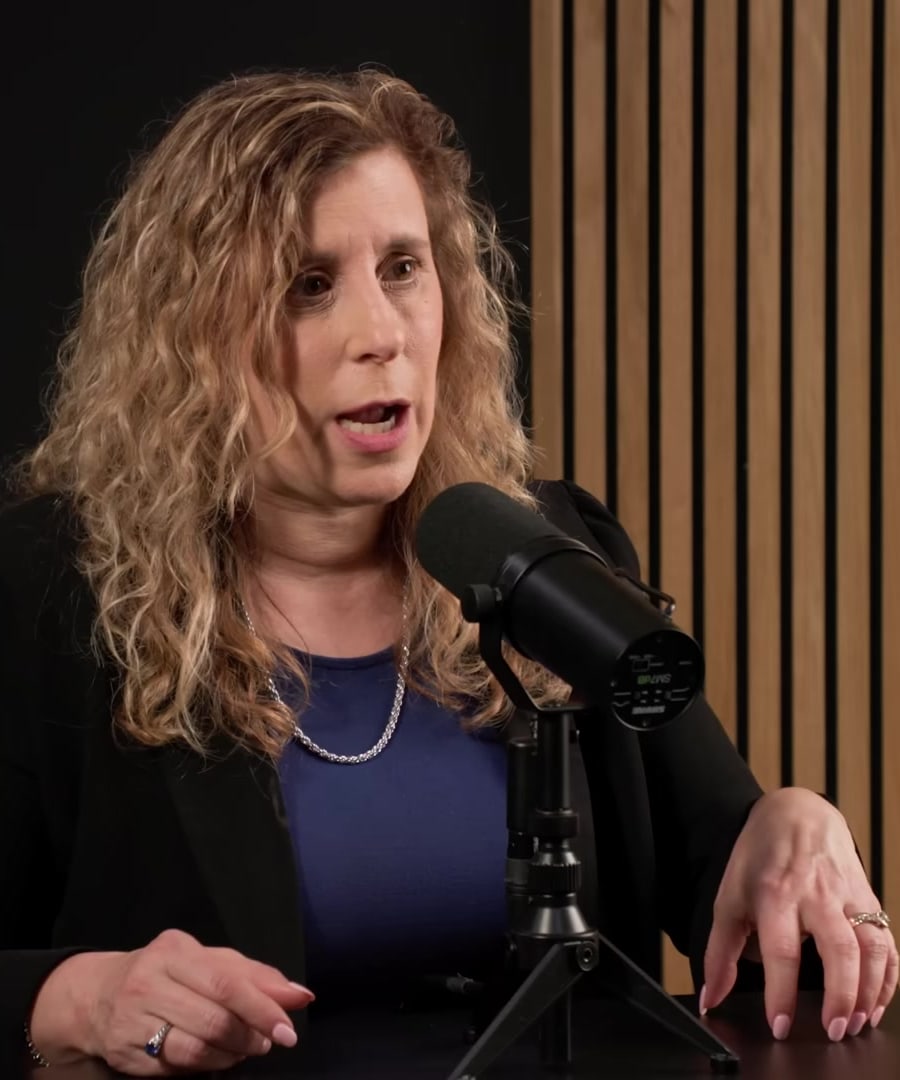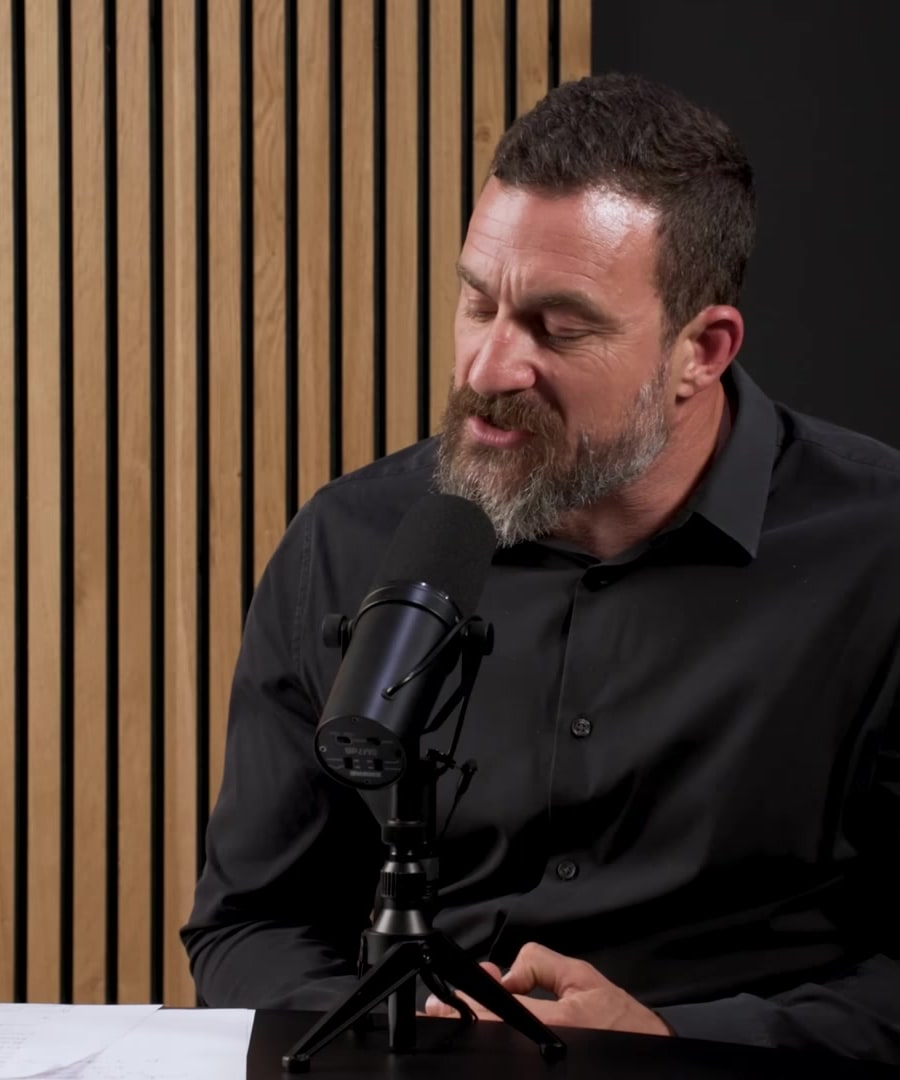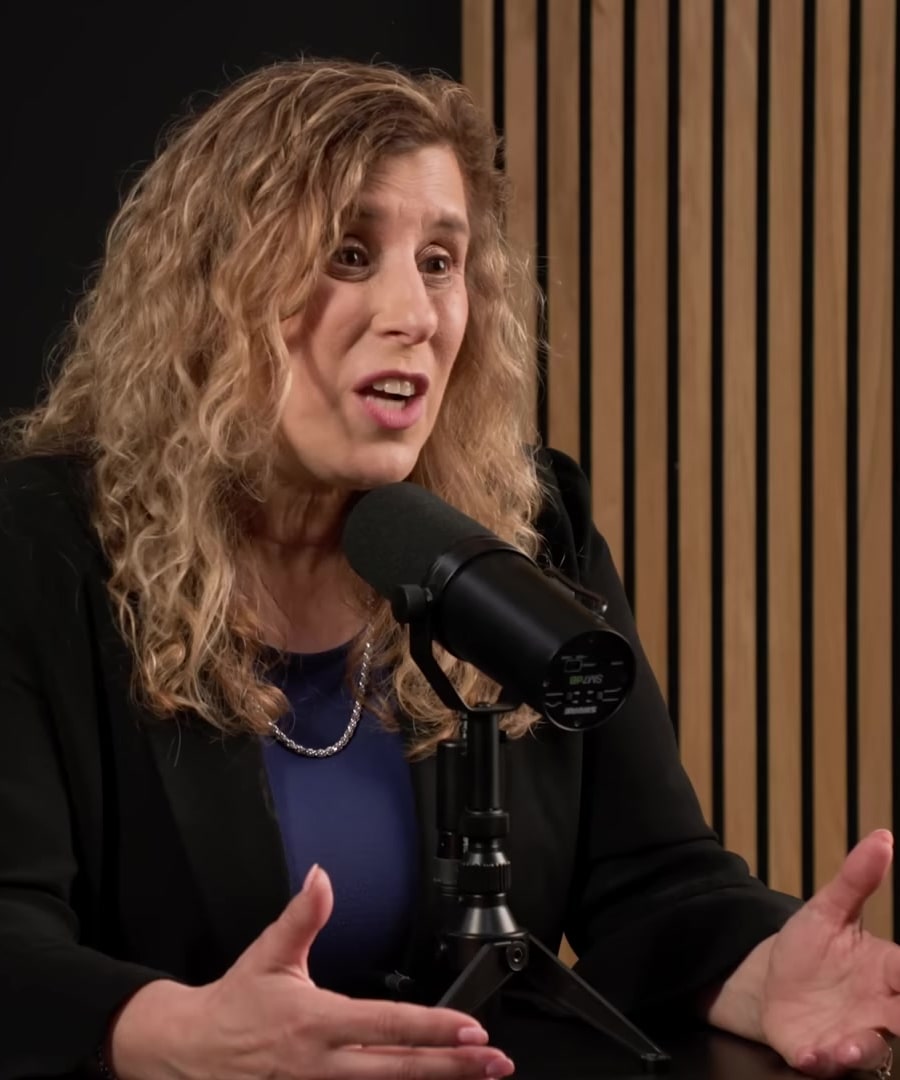Summarize episode Dr. Bonnie Halpern-Felsher: Vaping, Alcohol Use & Other Risky Youth Behaviors
Sources:
The episode titled "" features a discussion led by Dr. Bonnie Halpern-Felsher on the concerning rise in vaping and other risky behaviors among youth.
Key points from the episode include:
-
Youth Vaping Epidemic: Dr. Halpern-Felsher discusses the alarming rates of vaping among school-aged children, including elementary students. The marketing strategies of vaping products target children by mimicking candy and dessert flavors, appealing directly to young audiences 1.
-
Intervention and Cessation Strategies: Dr. Halpern-Felsher emphasizes the importance of addressing teens' social dynamics for quitting vaping. Intervention strategies not only focus on physical withdrawal but also on creating a supportive social environment for young individuals 2.
-
Educational Campaigns: Effective anti-vape campaigns have utilized the spirit of defiance among youth. Highlighting that the tobacco industry manipulates and targets young people has been used as a motivational factor for teens to refuse vaping 3.
-
Shift in Education and Attitudes: There's a growing movement towards better and more comprehensive education to combat substance use amongst teens. While there are successes in changing teens' attitudes towards health, challenges persist with the ease of access and the variety of substances that can be vaped 4.
-
Statistics on Smoking and Vaping: Historical trends show a dramatic rise in e-cigarette use among teens between 2017 and 2019 with declines during the Covid-19 pandemic, yet schools report a much higher usage rate than national data suggests 5.
Dr. Halpern-Felsher's insights underscore the urgency of addressing not just the physical aspects of vaping but also the social and educational dimensions that influence young people's behaviors.
RELATED QUESTIONS-
What are some effective youth intervention programs for risky behaviors?
Sources:
Effective youth intervention programs for dealing with risky behaviors typically focus on harm reduction and comprehensive education, rather than solely on abstinence. Here are some highlighted strategies from Dr. Bonnie Halpern-Felsher in the episode:
-
Harm Reduction and Holistic Approaches: The most effective youth intervention programs use harm reduction strategies, recognizing that youth may engage in risky behaviors despite preventive efforts. This approach involves providing comprehensive education that spans from promoting non-use to safely managing risky situations 1.
-
Comprehensive Conversations: Rather than simply telling youth not to engage in certain behaviors, effective interventions involve having open, comprehensive conversations about the continuum of behavior. This approach includes discussions on how to reduce the harm if the youth are already engaged in risky activities 1.
-
Empowering Youth with Knowledge: Programs that give youth the knowledge and tools to make informed decisions have proven effective. This includes teaching them about the manipulative tactics of industries such as tobacco, which targets them with advertising. Encouraging critical thinking and resistance to these manipulations fosters a spirit of defiance against risky behaviors 2.
-
Peer Support and Dynamic Setting: Addressing social dynamics and peer influences is crucial. Strategies that involve peer support and avoid social isolation—such as helping youth avoid environments where risky behaviors are common—are part of successful interventions 3.
-
Personalized Support: Programs that adapt to the individual needs of the youth, offering support like cognitive behavioral therapy and other tailored interventions, help address the underlying reasons why adolescents might engage in risky behaviors 3.
These programs not only address the behaviors but also the social and psychological factors influencing these behaviors, thus providing a holistic approach to youth intervention.
RELATED QUESTIONS-
Summarize episode Dr. Bonnie Halpern-Felsher: Vaping, Alcohol Use & Other Risky Youth Behaviors
- RELATED QUESTIONS
What are some effective youth intervention programs for risky behaviors?
- RELATED QUESTIONS
